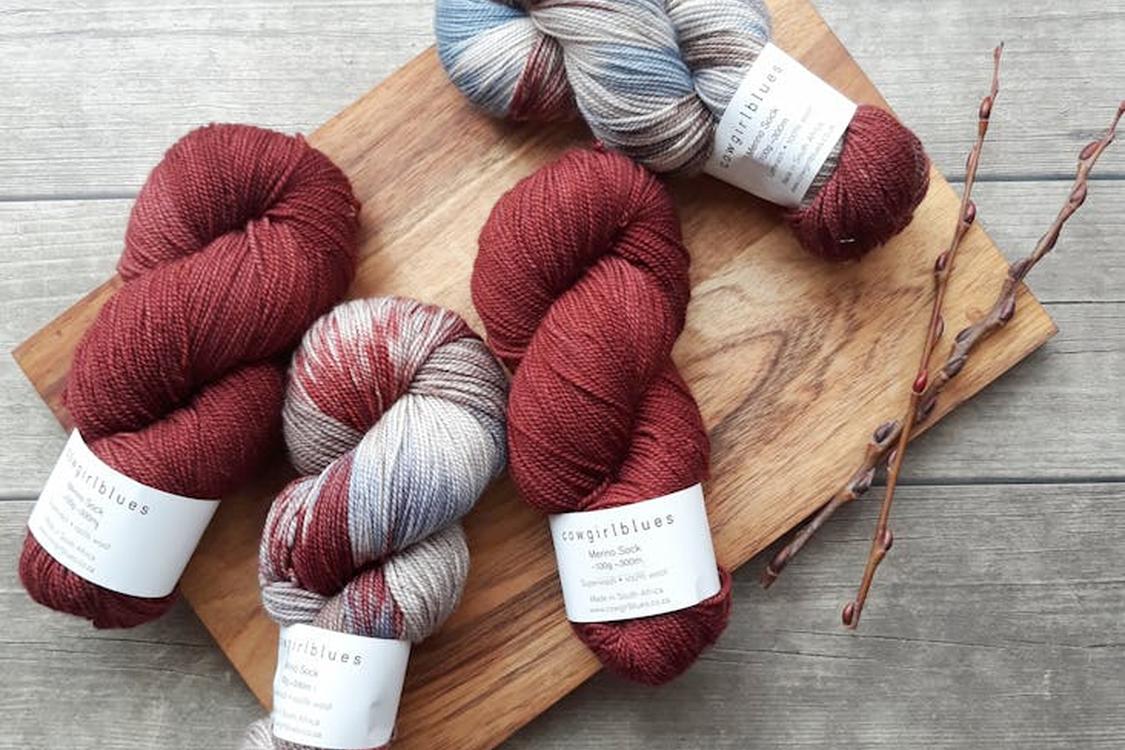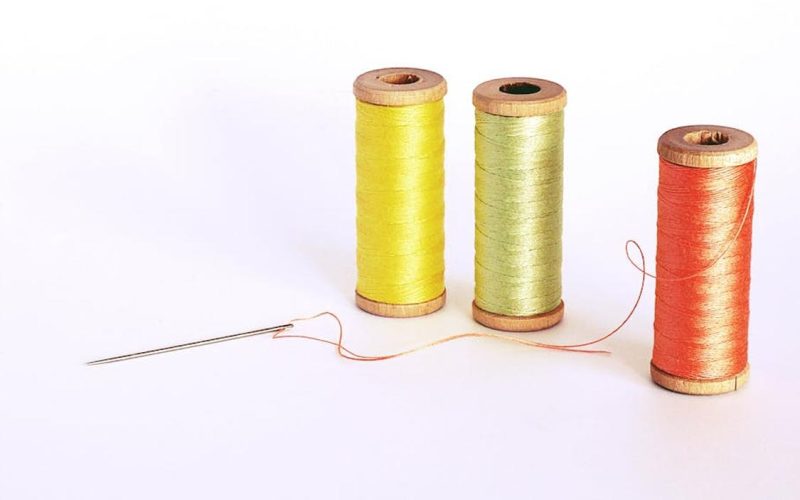Screen printing, or serigraphy, is a versatile and durable print method that can be used on various fabrics and materials. It involves pushing ink through a stencil, and is able to produce vibrant colors and color gradients.
A printer will first print the design onto a transparent acetate sheet, and then lay it over a mesh screen coated in light-reactive emulsion. Unexposed areas will harden, while uncovered areas remain water soluble and washable.
Preparation
Unlike intaglio and relief printing, stencil printing is based on the principle that paint or ink will not pass through areas that have been blocked out. This means the stencil must be a different material than the surface on which it is printed. It is important that the stencil is prepared carefully to ensure it can be used as intended. Several methods have been used for this, and each method has its advantages and disadvantages.
Creating a stencil can be a challenge, especially if pressing ink through a stencil. It is also important to make sure the stencil is positioned correctly on the screen and that it is securely held in place. Some stencils are held together by ties, which are attached to convenient points within the pattern. This helps to keep the pattern from falling apart in separate pieces during cutting. Other methods, such as the blockout-stencil method, use water-soluble glue to reserve lines that will be printed.
For beginners to this type of art, it is usually best to start small, with simple images that can be easily replicated and printed. Using stencils can help to build confidence, and after a few prints the artist may feel inclined to experiment with larger and more complex designs.
Depending on the size of the screen and the number of colors needed, it may be necessary to prepare multiple stencils for printing. It is a good idea to print on a piece of scrap paper or newsprint before starting on the actual screen. This will allow the artist to see whether or not the ink or paint is being transferred properly to the substrate, and it will give them a chance to practice their technique before printing the final edition of the work.
Design
A stencil is any flat, non-porous surface that will accept paint and allow it to be applied in a particular area. This can include a sheet of paper, plastic, acetate sheets, vinyl or a piece of wood. Stencils can be cut from a single shape or they can be layered together to create a complex design. Stencil prints are often one of a kind, reflecting the style of the maker.
A great place to begin exploring this art form is by tracing an image onto a piece of tracing paper with a pencil. It is important to choose a clear, sharp image to ensure that it will print clearly. It is also a good idea to use a large sheet of paper so that there is plenty of room to work with.
Once the tracing is complete, it is time to transfer it to the screen. Using the same method as for etching on copper, those parts of the image that are to be stopped from printing are reserved by drawing with lithographic tusche or crayon. This method, known as the blockout stencil technique, was a popular way to prepare a screen for stencil printing until water-based inks became more available.
Once the screen is ready, it is important to compare the size of the design to the substrate (the surface that will be stenciled). It is best to make a larger version of the design so that it can be reduced down to the proper size for the substrate. Next, weed out any areas that are not part of the image, if necessary. This process is sometimes referred to as “cutting” and can be difficult to do with precision. For a more precise cut, it is sometimes helpful to use a vinyl cutter.
Screen
Screen printing, also known as silk screening or serigraphy, is a versatile and relatively inexpensive printmaking technique that can be used on a variety of surfaces. It involves using a mesh stencil to transfer ink to the surface of a sheet of paper, fabric, or other material. During the printing process, a squeegee is used to press ink through the stencil and onto the printed material.
This is a great technique for creating unique and one-of-a-kind designs. During the printing process, it is important to be careful to avoid squeezing too much ink through the screen or stencil. This will result in an uneven appearance and could cause the image to smudge or run. During the printing process, it is also important to use quality ink.
Stencil printing can be a time-consuming and challenging technique to master, especially when working with a large-scale or multi-color design. It can also be difficult to achieve a smooth, even print with the squeegee. In addition, it is important to make sure that the stencil is clean and dry before beginning each new print.
For those interested in experimenting with this technique, it is recommended to start with a simple design. Stencils can be made from a variety of materials, including acetate sheets, metal, or coated paper. A stencil can also be created using a photo-emulsion or light-sensitive emulsion, which allows for photographic reproduction. The technique is often used by contemporary artists, such as the founders of Festela Store, who create unique textile pieces featuring handcrafted prints and patterns. Stencil printing has a long history and has been used in a variety of applications, from commercial products to fine art.
Ink
Stencil printing is a versatile technique that can be used on a variety of materials and surfaces. It can also be a quick and economical method to produce a large number of items, especially when compared to other printing methods. However, this process requires special care and attention to detail to achieve good results. The quality of the stencil and the application of the ink can have a significant impact on the final product.
Once the stencil is prepared, it is positioned over the screen and the ink is applied. A squeegee is then used to push the ink across the entire surface of the screen, pressing it through the open areas of the stencil and onto the material being printed. A firmer rubber blade is often preferred for this step, as it can help to ensure that all of the nooks and crannies of the stencil are filled with ink.
Depending on the type of material being printed, the stencil and ink may need to be heat-cured or otherwise treated to prevent cracking or fading. Once the print has cured, the stencil is removed from the screen and any excess ink is washed away. The screen is then ready to be used again, as long as it has been washed and dried thoroughly after each use.
Stencil prints can be a great way for students to explore a range of visual concepts, from overlapping colors to the creation of patterns. They can also experiment with different ways to make a stencil, from cutting into the side of one shape to creating an entirely new shape altogether. This exploration is a great way to encourage creativity and problem-solving, as well as to explore the idea of creating unique artworks that reflect the artist’s own personal style.
Press

Depending on the type of stencil you are working with and the printing technique, there are several ways to press the image. A common method involves using a squeegee to apply ink to the screen. This step requires careful attention to detail, as any flaws in the stencil will show up as blemishes on the finished product.
When using this method, it is best to start with a small image and work your way up to larger designs as you gain confidence. This will ensure that you are able to produce quality results while also giving you a chance to practice your techniques and fine-tune your skills before moving onto more ambitious projects.
Stencil printing has been used as a decoration on fabric since time immemorial, with the most famous example being Katazome patterns of the Edo period in Japan. It was also a popular technique for coloring playing cards, which continued to be printed with stencils long after most other subjects were moved to black and white.
In recent times, stenciling has become more popular as a modern form of art and craft. Artists like Andy Warhol and Roy Lichtenstein have used this process to create works that are both unique and distinctive. Today, many people are interested in learning to stencil for a variety of reasons, including the fact that it can be done at home using simple tools and inexpensive materials.
To begin, prepare your stencil by drawing or painting on a piece of paper. Ensure that all open areas of the design are clearly outlined. Once the image is ready, it is then a matter of running the paper through a thermal printer. This will create an exact copy of your design on a sheet of carbon printer paper, which can then be cut out. Carefully compare the size of your carbon paper to the substrate you plan to use, so that you do not make a stencil that is too large for the surface you are stenciling on.


